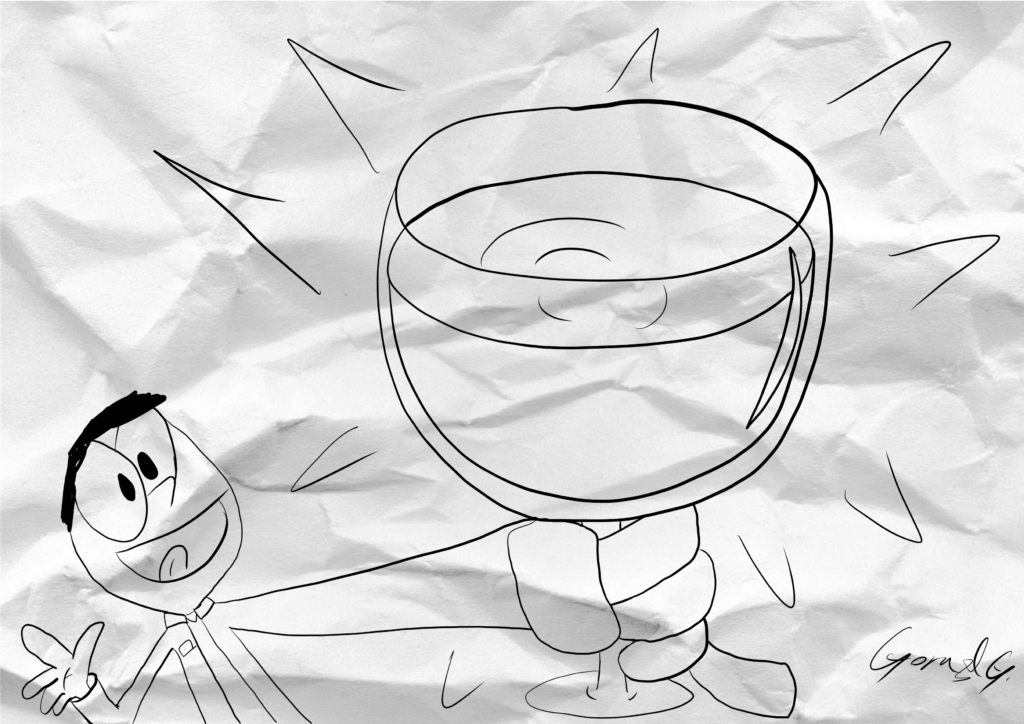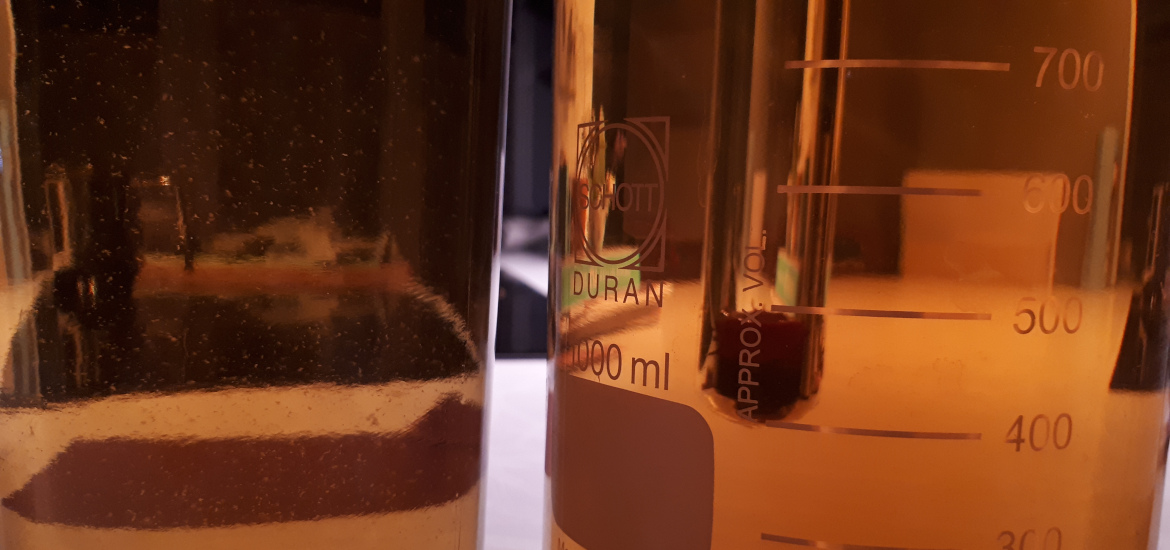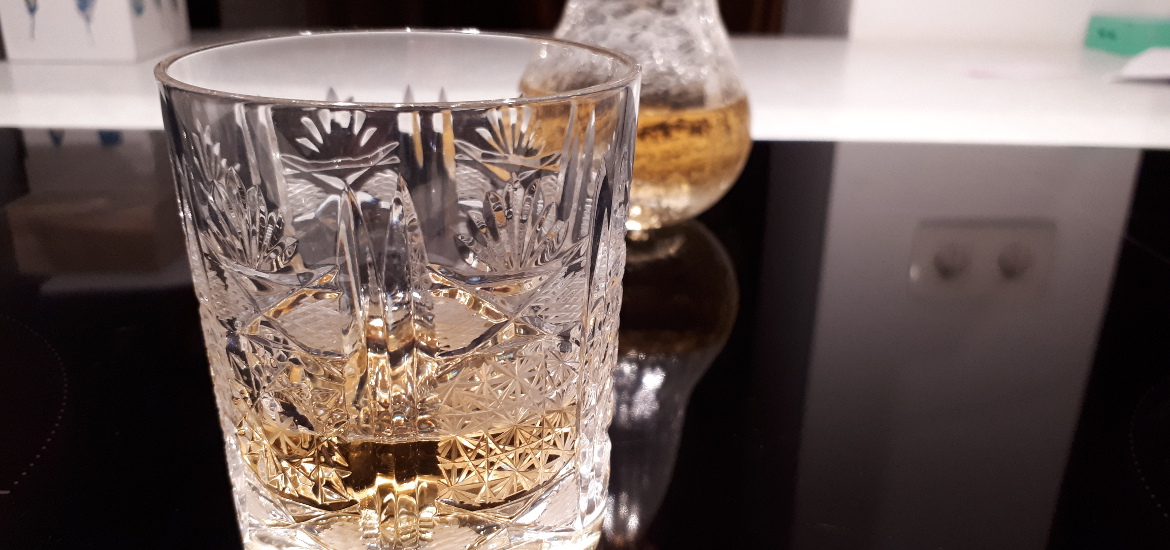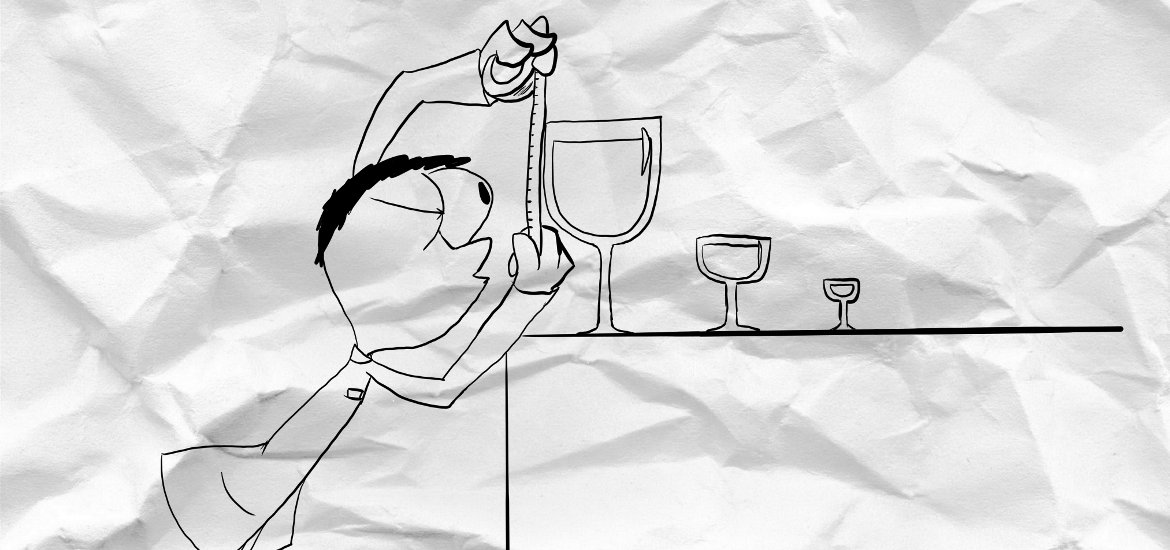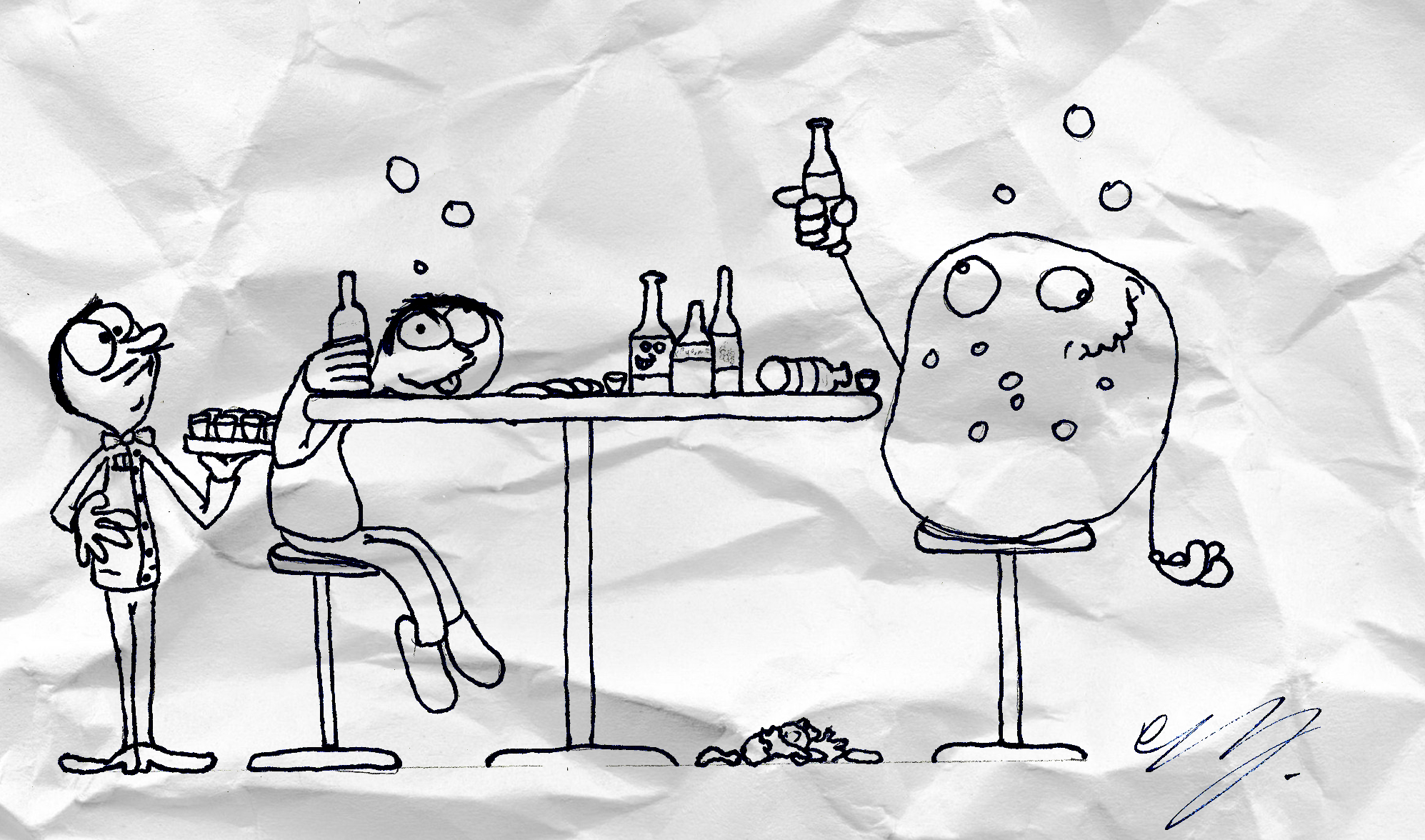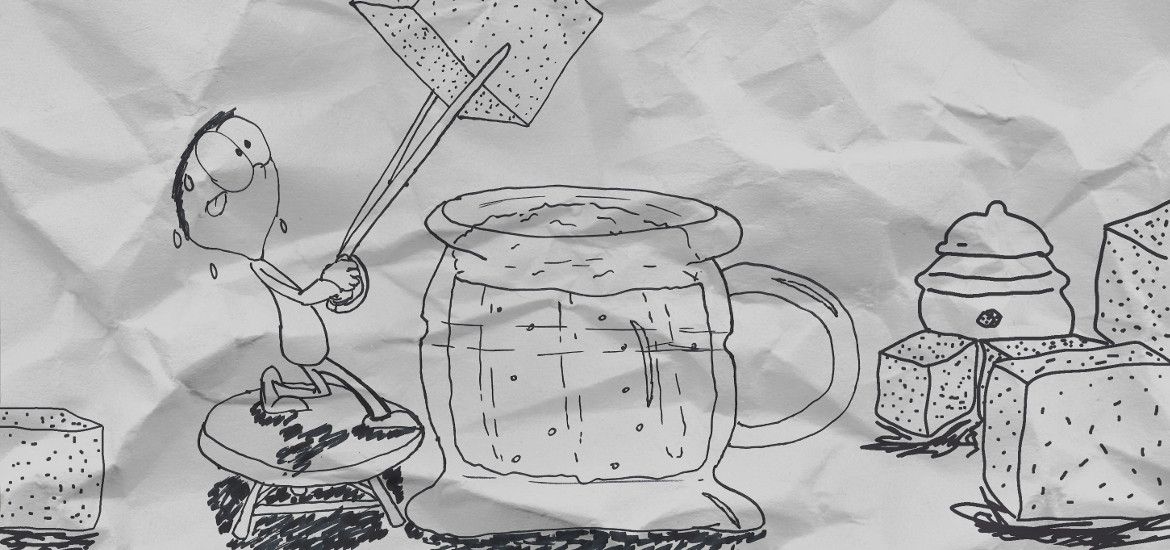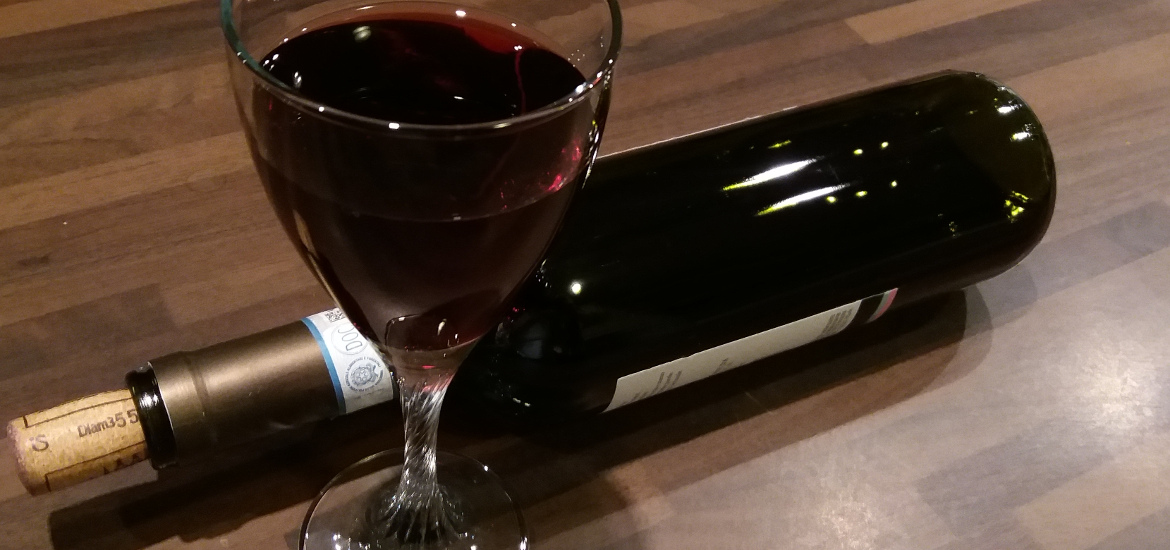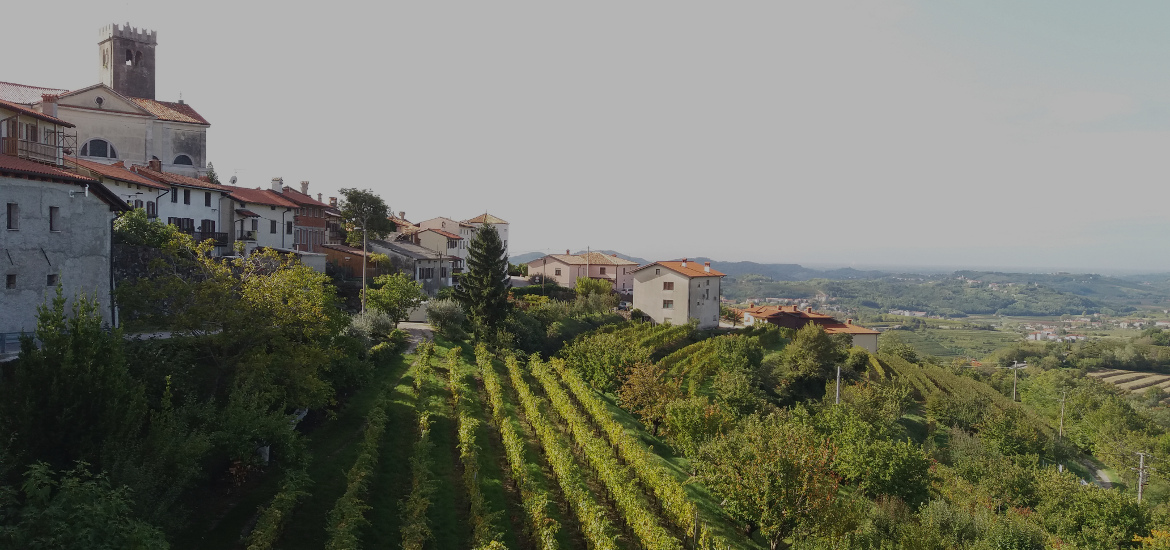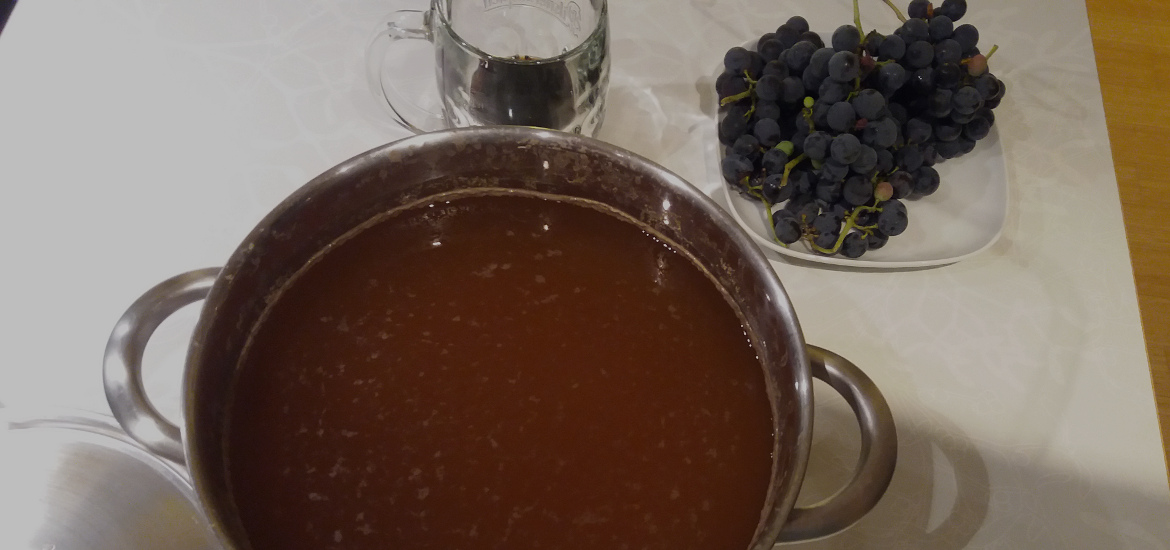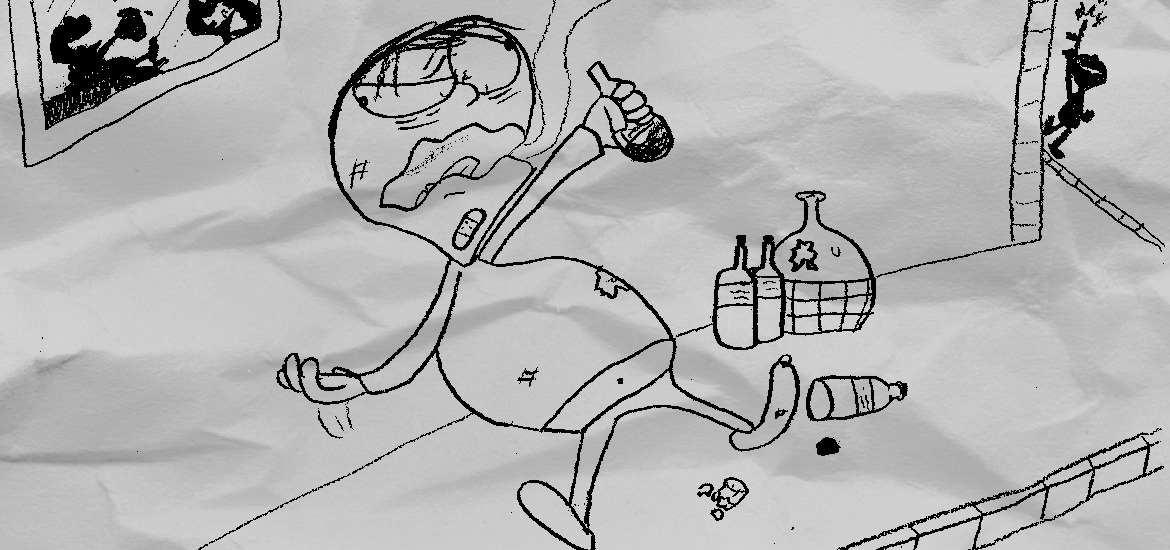Introduction
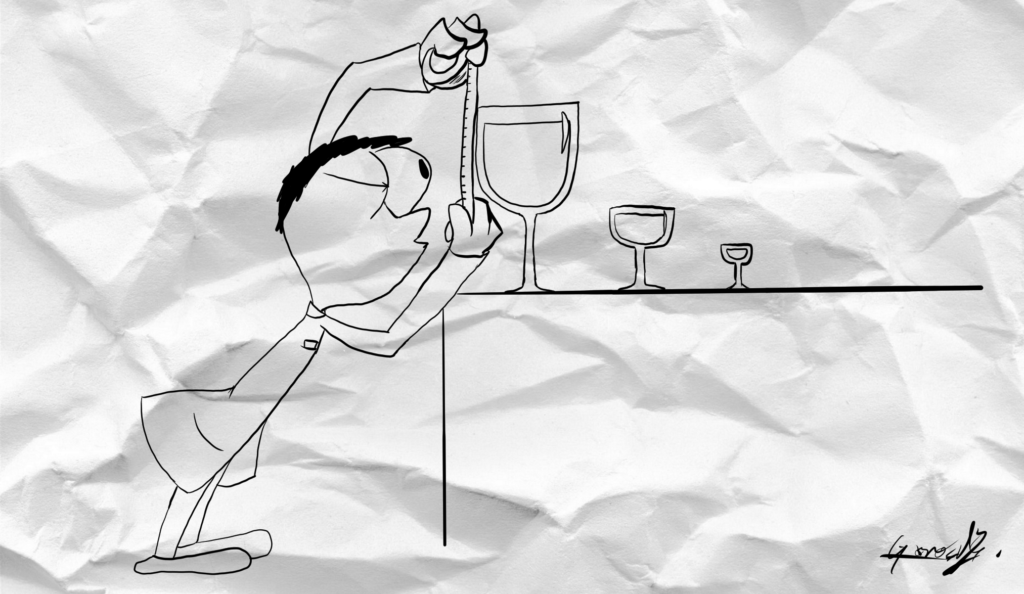
For the basic concepts of brandy (cognac) making please read my brandy making post. In this post I will cover a specific issue that came up at the end of the proces. Just when I was ready to try my first batch. When the brandy is ripe enough, it should be diluted to drinking grande (around 40 % ABV). This sounds easy, but an unexpected haziness occurred. The haziness does occur later when the brandy gets older. After one year in wooden barrels, the haziness occurred almost immediately after dilution. After two years in the barrels the haziness occurred after around 24 hours. Nevertheless, haziness always occurs and is not influenced by the type of water used. Distilled, tap water or saline all produce the same haziness of the brandy. However, the taste is strongly influenced by the water type used. Distilled water has a sharp tase and it will result in your brandy tasting sharp. Personally, I like pure tap water of medium hardness, which should be non-chlorinated. If water type has no influence on haziness, it is still clear that something precipitates out of the brandy when the alcohol content is reduced. If the alcohol concentration is increased again by adding pure ethanol or the brandy is heated up, the precipitate dissolves again. Apparently a lot of lipophilic material is extracted from the barrels. Chemical analysis of the precipitate also confirmed the presence of carbon and oxygen, indicating something organic. Further analysis showed that the precipitate is most probably made up of long chain organic acid, but more detailed analysis could not be performed. The picture of the precipitate is shown below.
The solution
The easiest way to remove the precipitate is to filter it away. The only problem is that in the beginning the precipitate is very fine and it clogs the filter relatively quickly. The best option is to wait long enough, so that everything precipitates and aggregates into big cloths. These cloths settle down, so it is relatively easily to first filter the clear top liquid and later the sediment. I use regular laboratory filter paper, but coffee filters are also fine. Tea bags, however, are not good enough, since the precipitate is too fine. You can use them to remove bigger particles but the brandy does not clear completely. The process I described is true for small, household dilutions of 1 to 2 liters. If greater quantities would be diluted and left standing, one could easily pour away upper, clear part and filter only the bottom part. I am also guessing that if brandy would mature in bigger barrels, there would be less precipitate. Maybe with big enough barrels there would be no precipitate at all.
Conclusion
The thing to remember is that cloudy brandy can be easily cleared by filtration. But be sure to wait long enough so that the brandy stabilizes and everything that us not soluble really falls out. I would recommend at least a month. As with all things when it comes to brandy: not a lot of work, but it takes a lot of time.
